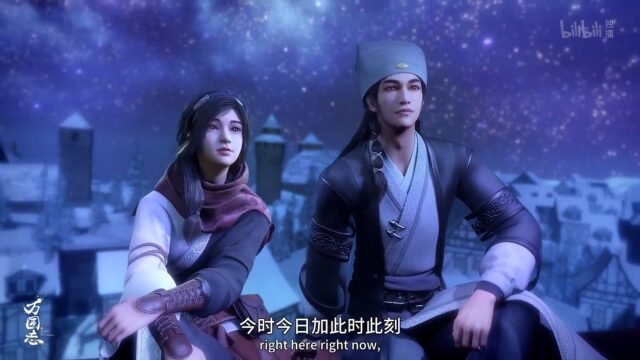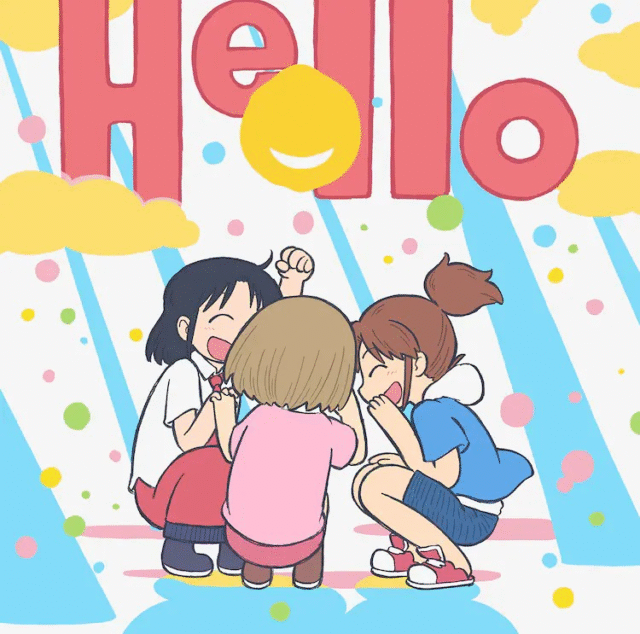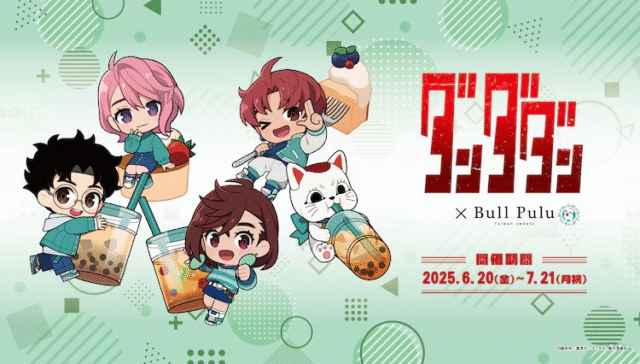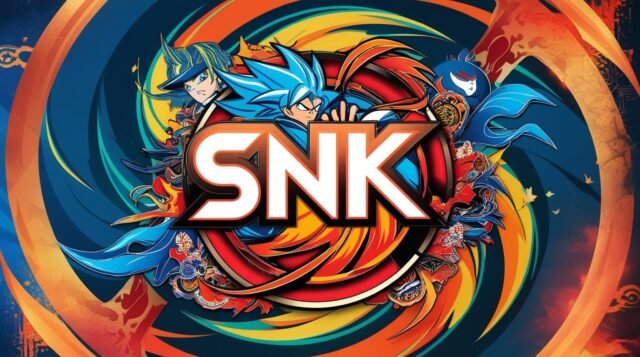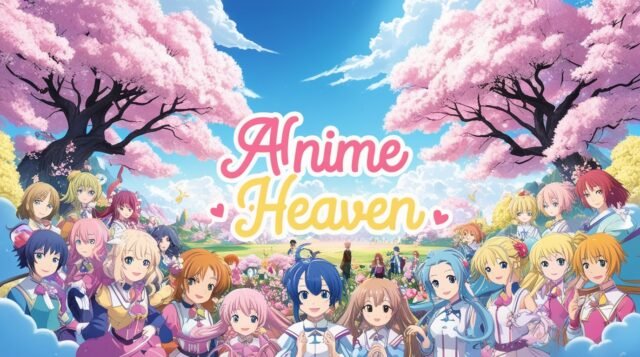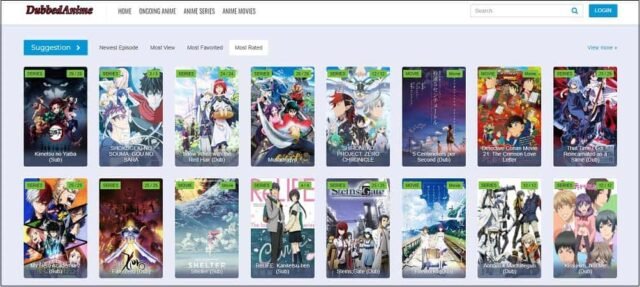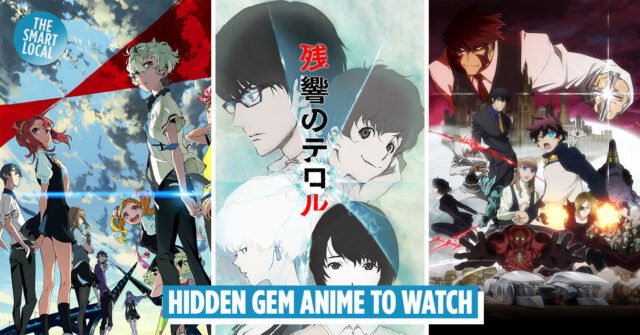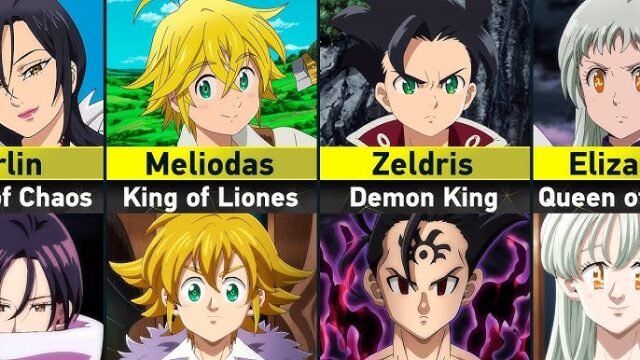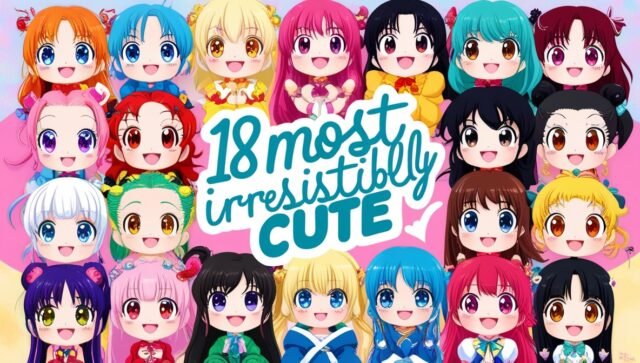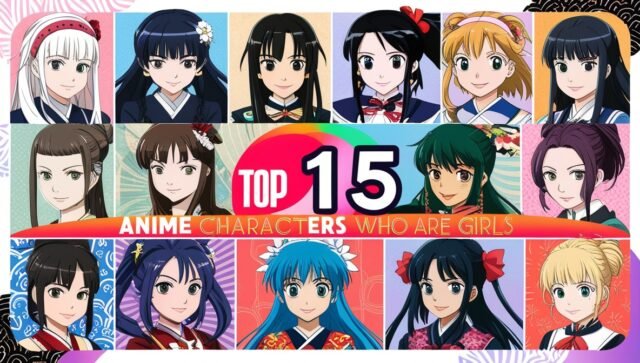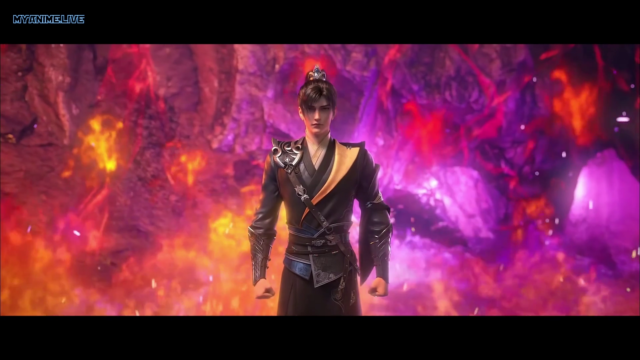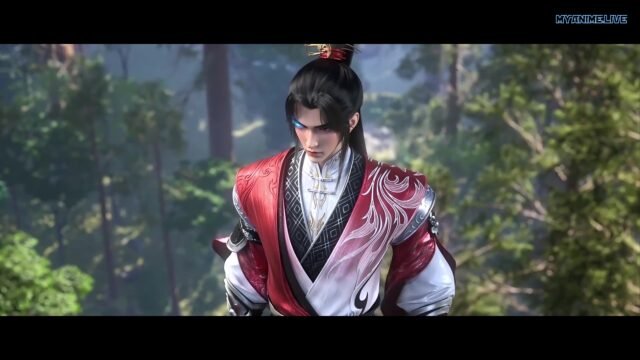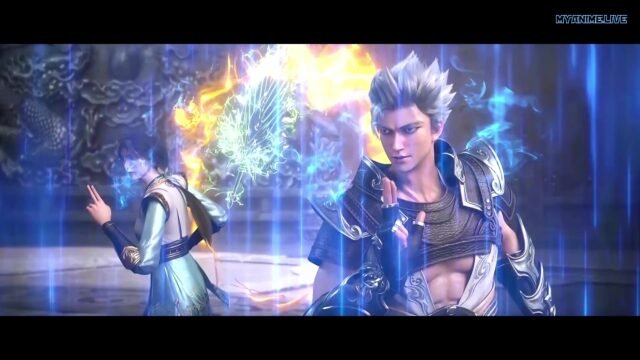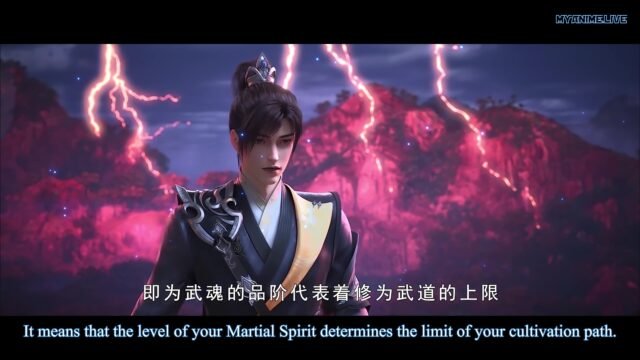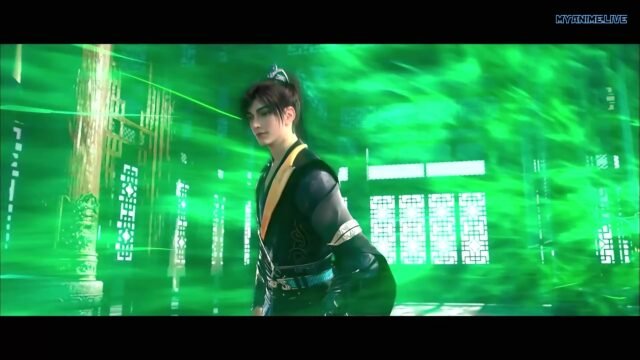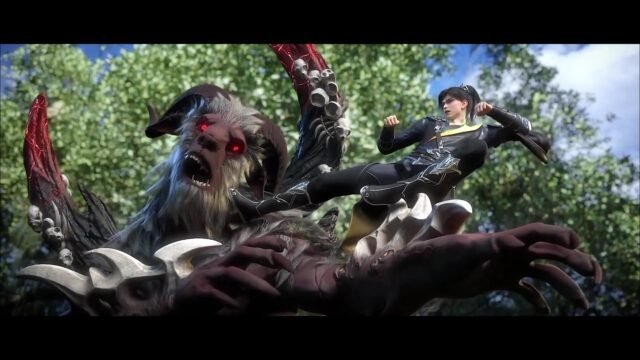“AOT Anime,” or “Attack on Titan,” has profoundly influenced the landscape of modern animation since its debut. Its gripping plot, complex characters, and breathtaking visuals have set new standards within the anime community and beyond. This series has not only captivated fans but also inspired a wave of new trends in animation that other creators and studios are eager to explore. Let’s examine how “AOT Anime” has reshaped the current trends in animation.
The Visual Style of “AOT Anime”
The stunning art and animation style of “AOT Anime” stands out remarkably. The intricacies of the Titans, the detailed world-building, and the dynamic action sequences have led to an appreciation for high-quality animation in the industry. Here are some key aspects that showcase this impact:
- Realistic Motion: The fluidity of movement in fight scenes sets a benchmark that others aim to achieve.
- Environmental Design: The detailed backgrounds create immersive worlds that draw the viewer in.
- Character Expressions: The emotional depth portrayed through facial expressions and body language has pushed other studios to focus on similar techniques.
Storytelling Innovations
“AOT Anime” has redefined the storytelling approach in animation. The series weaves depth, complexity, and moral ambiguity into its narrative, making audiences think deeply about their interpretations. Highlighted elements include:
- Multiple Perspectives: The show presents different viewpoints, challenging viewers to consider the motivations behind each character’s action.
- Gray Morality: Characters are neither purely good nor evil, reflecting a more realistic view of heroes and villains.
- Layered Plots: The use of flashbacks and foreshadowing enriches the comprehension of the storyline.
Character Development
One of the most compelling aspects of “AOT Anime” is its character development. Fans have witnessed significant evolution in characters like Eren Yeager, Mikasa Ackerman, and Armin Arlert. This emphasizes the importance of character arcs in modern storytelling:
- Flawed Heroes: Characters with vulnerabilities resonate more with the audience, making their journeys relatable.
- Backstory Integration: Understanding characters’ pasts enriches the narrative and gives depth to their decisions.
- Transformation: The shifts in characters’ ideologies make the plot unpredictable and gripping.
Engagement & Fandom Growth
The impact of “AOT Anime” extends to community engagement. Social media platforms buzz with discussions, fan theories, and artwork. The way fans interact with the content has changed the way animation studios market their shows:
- Fan Theories: Theories about plot twists or character fates engage viewers more deeply.
- User-Generated Content: Fans create art, animations, and memes, contributing to the series’ popularity.
- Community Events: Collaborations in promotions or conventions highlight the energetic fan base surrounding series like “Attack on Titan.”
Influence on Other Anime
Many recent anime have drawn inspiration from “AOT Anime” in various ways, ranging from story elements to visual style. Examples of this influence include:
| Anime Title | Influence from “AOT Anime” |
|---|---|
| Jujutsu Kaisen | Dynamic fight scenes and layered storytelling. |
| Tokyo Revengers | Character evolution and moral complexity. |
| Demon Slayer | High-quality animation and emotional depth. |
As creators blend these aspects, new series continue to emerge that keep the spirit of “AOT Anime” alive. This evolution showcases that the influence of such a landmark series ripples through the animation industry.
Final Thoughts
Ultimately, the impact of “AOT Anime” on modern animation trends cannot be overstated. With its exceptional visual style, innovative storytelling, and deep character development, it has set benchmarks for what audiences expect. As other creators draw inspiration from this phenomenon, the future of anime looks brighter than ever. The themes introduced in “AOT Anime” promise to shape engaging stories that continue to connect with viewers on a global scale.
Character Development and Growth in Attack on Titan
In the world of anime, few series manage to capture the intricacies of character development like Attack on Titan. This gripping story, set in a post-apocalyptic world where humanity fights for survival against terrifying giant creatures known as Titans, explores profound themes of fear, ambition, and the essence of humanity. By focusing on its main characters—Eren Yeager, Mikasa Ackerman, and Armin Arlert—the show dives deep into their growth as individuals and warriors.
Eren Yeager experiences one of the most significant transformations throughout the series. Initially, Eren starts as a headstrong and impulsive teenager, primarily driven by a desire for revenge against the Titans, who killed his mother. However, as the narrative unfolds, Eren’s motivations shift. He grapples with heavy moral dilemmas and the weight of leadership. This change is evident in the way he interacts with other characters, moving from a singular focus on revenge to a broader understanding of freedom and oppression. This evolution is vital to his identity and the series’ overall theme of sacrifice and consequence.
Mikasa Ackerman, Eren’s adoptive sister, offers a contrasting but equally compelling arc. Mikasa begins as a stoic protector, often defined by her loyalty to Eren. Her character growth is closely tied to her emotional struggles as she balances her fierce protectiveness with her own desires. As the series progresses, viewers see her begin to carve out her own identity, independent of Eren. This shift enhances her complexity, showcasing her fierce combat skills while also humanizing her fears and insecurities. Her development serves as a poignant reminder that love can be both a source of strength and a burden.
Then there’s Armin Arlert, whose journey embodies the evolution of intellect in a world dominated by brute strength. Initially portrayed as timid and insecure, Armin’s growth is particularly notable when he faces overwhelming odds with strategic thinking. He steps into critical moments of leadership, showcasing that courage isn’t solely based on physical prowess. His arc illustrates how wisdom and strategy can triumph over sheer power, and it reinforces the importance of inner strength and self-acceptance in the face of conflict.
The interplay between these three characters creates a rich tapestry of development that is essential to the plot. Each character faces personal challenges that force them to grow, adapt, and confront their beliefs. This ongoing growth is one reason why the series resonates with viewers around the world. It reflects a universal truth: we are all shaped by our experiences, choices, and the relationships we forge.
Moreover, the supporting cast in Attack on Titan also contributes to the theme of growth. Characters like Armin’s mentor, Keith Shadis, and Captain Levi serve as both inspirators and obstacles. They force the main characters to confront hard truths about themselves and their comrades. The various perspectives presented through these characters enhance the depth of the narrative, as their stories provide multiple lenses through which the core themes of hope, despair, and humanity are explored.
In addition, the pacing of character development is crucial to the storytelling. The series does not rush these transformations; instead, it allows time for the characters to face trials and make mistakes. This method underscores a central message: growth often comes from hardship and failure. It resonates with viewers, making them root for the characters through their darkest moments.
Below is a table summarizing the key character arcs in Attack on Titan:
| Character | Initial Traits | Key Moments of Growth | Final Traits |
|---|---|---|---|
| Eren Yeager | Impulsive, vengeful | Confrontation with morality, leadership challenges | Complex, seeking freedom |
| Mikasa Ackerman | Stoic, protective | Struggles with identity, stepping into her own | Independent, emotionally rich |
| Armin Arlert | Timid, insecure | Moments of bravery, strategic success | Courageous, intelligent |
Character development in Attack on Titan is a highlight that adds depth and complexity to the anime. Each character’s growth contributes to a profound narrative that examines the essence of humanity in the face of overwhelming odds. Whether battling Titans or inner demons, the characters invite viewers to reflect on their own journeys, making the experience relatable and profoundly impactful.
Exploring the Themes of Freedom and Sacrifice in AOT
The anime “Attack on Titan” (AOT) captivates audiences not only with its thrilling battles and intricate plot twists but also with its profound themes of freedom and sacrifice. These concepts are woven into the very fabric of the story, influencing character motivations and driving the narrative forward.
At its core, AOT explores the struggle for freedom in a world dominated by Titans. The characters are faced with extreme limitations and fear that seem insurmountable. For many, the desire to reclaim personal freedoms drives them into war. Through the eyes of characters like Eren Yeager, viewers witness the all-consuming quest for liberty. Eren often embodies the theme of freedom, expressing a relentless drive to free not just himself but all humanity from the shackles of oppression and fear.
However, the quest for freedom comes at a cost. Characters frequently confront the harsh realities of sacrifice. Sacrifice in AOT is not merely a plot device; it shapes the moral complexities of every choice the characters make. As the series progresses, you see allies lose their lives in pursuit of a larger cause. Characters such as Armin Arlert and Mikasa Ackerman exemplify this stark contrast between the longing for freedom and the personal sacrifices they must endure.
Consider the following key aspects of freedom and sacrifice in AOT:
- Individual vs. Collective Freedom: Characters’ desires often clash with the greater good. Eren’s journey illustrates the tension between personal freedom and the moral implications of his choices.
- The Price of Freedom: AOT vividly portrays that freedom often requires immense sacrifice, revealing that the fight against oppression is fraught with loss and grief.
- Bonds and Sacrifices: The relationships between characters highlight that true freedom is sometimes achieved through shared burdens. The power of friendship and loyalty shines as characters support each other through their struggles.
Throughout the anime, the narrative challenges the viewer to reflect on the true meaning of freedom and what it demands. Are the characters genuinely free if every victory claims a life? This constant questioning enhances the richness of the storyline, allowing viewers to engage with deeper philosophical themes while following exhilarating battles.
Another significant storyline you might notice revolves around the cycle of hatred and revenge. As characters grapple with loss, they often find themselves torn between seeking vengeance and striving for a peaceful resolution. This conflict illustrates the struggle to break free from a cycle that binds them to violence and hate. The show encourages viewers to think about how the desire for freedom can morph into a pursuit of justice that risks repeating the past’s atrocities.
Characters embody various aspects of freedom and sacrifice, creating a multi-faceted world where individuals’ choices resonate with viewers on an emotional level. Eren, Armin, and Mikasa each travel their unique paths, guiding viewers on a journey through love, loss, and the fight against tyranny. The interconnectedness of their lives illustrates the theme that true freedom is not simply a personal achievement, but a collective endeavor that requires cooperation and understanding.
| Character | Freedom Aspect | Sacrifice Aspect |
|---|---|---|
| Eren Yeager | Self-liberation and liberation of others | Willingness to risk his life for his ideals |
| Mikasa Ackerman | Protecting those she loves | Personal desires often set aside for Eren’s safety |
| Armin Arlert | Strategic freedom through intelligence | Personal safety sacrificed for greater good |
The exploration of freedom and sacrifice in AOT resonates deeply with audiences, creating a thought-provoking experience that goes beyond surface-level entertainment. As viewers witness the struggles and triumphs of the characters, they are encouraged to reflect on the complexities of their pursuits. The anime successfully intertwines action-packed narratives with profound themes that leave lasting impressions about what true freedom means in a world shadowed by sacrifices.
The Evolution of CGI Use in Attack on Titan
Attack on Titan, known as AOT anime, has revolutionized the landscape of anime with its thrilling storylines and breathtaking visuals. One of the standout features of this series is its use of CGI (Computer-Generated Imagery), which has evolved over multiple seasons. This evolution has significantly enhanced the anime’s appeal, making it a visual spectacle for fans worldwide.
Initially, the use of CGI in Attack on Titan was somewhat minimal. The first season relied heavily on traditional animation styles, creating a classic aesthetic familiar to many anime fans. However, the show was unique in its profound storytelling and character development. While the fight scenes were captivating, the anime didn’t heavily incorporate CGI at that time, focusing instead on the emotional depth of the characters intertwined with their gruesome battles against Titans.
As the series progressed into its second and third seasons, producers began to integrate more CGI elements. This shift marked a crucial turning point, allowing for a more dynamic and engaging viewing experience. Fans witnessed an improvement in the animation quality, especially during intense fight sequences. The use of CGI enabled smoother transitions and more fluid movements, particularly highlighting the Omni-Directional Mobility Gear (OMD) utilized by characters to fight Titans.
In the latter parts of the series, particularly in the final season, the implementation of CGI reached new heights. The contrast between hand-drawn elements and CGI was more balanced, showcasing a level of artistry that captivated audiences. The integration of CGI allowed for a complex depiction of large-scale battles, monumental Titan transformations, and richly detailed environments that were once unimaginable in anime.
Some key aspects of CGI evolution in Attack on Titan include:
- Enhanced Fight Scenes: CGI facilitated epic battles, allowing for a more immersive viewing experience.
- Attention to Detail: CGI brought a rich layer of detail to the Titans and their environments.
- Dynamic Camera Angles: The flexibility of CGI allowed for innovative camera techniques, providing viewers with a more engaging perspective.
- Seamless Integration: Later seasons showcased impressive blending between traditional and digital animation methods.
The response from viewers regarding the CGI integration has been mixed, with some praising the enhanced visuals while others feel traditional animation carried a different artistic charm. Despite differing opinions, it’s undeniable that the CGI evolution in AOT anime has opened new avenues for storytelling and engagement. Fans appreciate the ability to witness breathtaking visuals that reflect the intensity and scale of the battles faced by the characters.
Furthermore, the artistic team behind Attack on Titan worked diligently to ensure that CGI did not overpower the narrative. The series continued to focus on its core elements — character development, emotional storytelling, and deep thematic content. This balance is crucial in maintaining the connection between the characters and the audience, which is intrinsic to the show’s success.
As fan engagement increased, the trust in CGI grew. Viewers began to appreciate how this technology could enhance rather than detract from the elements that made Attack on Titan so special. Animators began experimenting with visual techniques, resulting in stylized and dynamic action scenes that would captivate audiences. It became clear that the evolution of CGI was a necessary step for the franchise to evolve with changing audience expectations.
The progression of CGI technology in AOT anime reflects a broader trend within the anime industry, wherein studios are increasingly adopting digital techniques to meet modern demands for high-quality animation. With the increasing popularity of CGI, many new productions are likely to follow in the footsteps of Attack on Titan, using it as a benchmark for quality and creativity.
| Season | CGI Use Description |
|---|---|
| Season 1 | Minimal CGI usage; traditional animation dominated. |
| Season 2 | Increased CGI integration; smoother action scenes. |
| Season 3 | Balanced mix of CGI and traditional animation. |
| Final Season | Advanced CGI; revolutionary visual storytelling. |
The evolution of CGI in Attack on Titan showcases how technology can be harmonized with artistic expression to create compelling narratives. It has set a new standard in the anime industry, proving that the combination of traditional artistry and modern technology can produce extraordinary results. Viewers can look forward to how future anime may adopt these advancements in CGI as they continue to push creative boundaries and enrich the viewing experience.
Fan Theories and Speculations: Decoding AOT’s Complex Storyline
For fans of the anime “Attack on Titan” (AOT), unraveling the layers of its intricate storyline is as thrilling as the series itself. Each episode teems with suspense, deep character arcs, and mind-bending plot twists. Given the show’s complexity, numerous fan theories and speculations have emerged, sparking discussions across forums and social media. Let’s dive into some popular theories and what they might mean for the overall narrative.
One of the most talked-about theories revolves around the concept of the “Founding Titan.” This powerful titan has the ability to influence the memories of others, including Marleyans and Eldians alike. Many fans speculate that this power could be the key to breaking the cycle of hatred between these two groups. The question that arises is whether Eren Yeager, the protagonist, will use this power for good or succumb to darker motivations. The ambiguity of Eren’s true intentions has fans eagerly debating his ultimate goal.
Another captivating theory is concerned with the nature of the titans themselves. Some fans believe that titans are manifestations of human emotions, serving as a reflection of the trauma and pain experienced by the Eldians. This theory posits that the titans could symbolize humanity’s struggle with violence and suffering. It raises an interesting question: could the resolution of the conflict lead to the creation of a new identity for Eldians, free from the burden of their past?
Furthermore, the enigmatic character of Zeke Yeager opens the door for more speculation. As Eren’s half-brother and inheritor of the Beast Titan, Zeke’s motivations are critical to understanding the course of events. One popular theory suggests that Zeke represents a new divergence from the established norms of Marleyan and Eldian societies. His vision for “saving” Eldians entails a controversial strategy, and fans are divided on whether his ideas will lead to salvation or destruction.
The concept of “The Rumbling” has also fueled countless theories. The potential cataclysmic event, which involves unleashing the titans dormant within the walls, serves as a terrifying yet fascinating possibility. Fans are theorizing about how “The Rumbling” could impact the world beyond Paradis Island. Would it lead to redemption for the Eldians, or would it plunge the world into chaos? This uncertainty keeps fans glued to their screens, eager for the next episode.
Another layer of speculation is the role of time travel within the series. A growing number of fans believe that elements of time travel or alternate timelines might be in play, particularly when considering the cyclical nature of history depicted in AOT. Could characters like Eren actually influence past events, therefore altering their current reality? This theory opens a Pandora’s box of possibilities and challenges the linear perception of time in the AOT universe.
It’s also essential to discuss the friendship between Eren, Mikasa, and Armin. As their relationships evolve, fans have advanced a theory suggesting these three characters symbolize different paths humanity can take in the face of adversity. Eren embodies freedom at all costs, Mikasa represents loyalty, and Armin stands for the pursuit of understanding and peace. This dynamic adds emotional depth to the series and influences how viewers interpret their choices and sacrifices.
The timeline and origins of the conflict between Marleyans and Eldians are among the most confusing and debated topics. Many fans are curious about the actual backstory of the world and wonder whether the series will provide clarity. Some believe that the discrimination faced by Eldians is rooted in a misunderstanding that could be addressed if all parties were willing to communicate. The theory suggests that the reconciliation of histories may offer a resolution to ongoing conflicts.
As the final chapters unfold, the anticipation for the community to come together and share theories is palpable. Fan forums and social media platforms buzz with excitement, making it a delightful experience to be a part of the “Attack on Titan” fandom. Each theory adds another unique layer to the narrative, enriching the experience for viewers old and new.
Fans don’t just speculate; they engage, build communities, and share their passion for AOT. Whether through fan art, blogs, or social media discussions, the theories surrounding “Attack on Titan” continue to flourish. They keep the spirit of AOT alive, ensuring it remains a cultural phenomenon that sparks dialogue even long after the final episode airs.
In the end, decoding the complex storyline of “Attack on Titan” is not just about finding the right answers. It’s about enjoying the journey, the speculation, and the connection that the series fosters among its fans. With each new development, the theories will only become more intricate, proving that the world of AOT is as boundless as the imaginations of its viewers.
Key Takeaway:
Key Takeaway: The Cultural and Artistic Significance of “AOT Anime”
The “Attack on Titan” (AOT Anime) has left an indelible mark on the landscape of contemporary animation, influencing various creators and setting new standards for storytelling. One of the foremost impacts of AOT is its innovative approach to character development. Characters such as Eren Yeager and Mikasa Ackerman undergo profound transformations that resonate with viewers, making them relatable and compelling. This depth serves as a benchmark for modern storytelling, demonstrating that animation can explore complex emotional journeys and foster meaningful connections with the audience.
Moreover, AOT boldly tackles themes of freedom and sacrifice, intertwining them with the characters’ struggles against overwhelming odds. This exploration prompts viewers to reflect on their own definitions of freedom and what they are willing to sacrifice to achieve it. The show’s poignant narrative encourages audiences to grapple with heavy moral dilemmas, creating a deeper layer of engagement beyond mere entertainment.
Another noteworthy aspect is the evolution of CGI technology in AOT. The series masterfully blends traditional animation with cutting-edge CGI, enhancing the visual experience and creating breathtaking battles that captivate viewers. This pioneering use of CGI not only elevates the aesthetic appeal of the series but has also influenced other anime creators to experiment with similar techniques, pushing the boundaries of what animation can achieve.
Additionally, AOT has sparked a vibrant community of fan theories and speculations around its intricate storyline. Fans eagerly dissect plot points and character motivations, leading to discussions that deepen their understanding of the narrative’s universe. This level of engagement fosters a sense of community among viewers, encouraging them to share their interpretations and insights.
AOT Anime is more than just a television series; it represents a significant cultural phenomenon that has reshaped modern animation. Through its multifaceted characters, powerful themes, innovative animation techniques, and active fan involvement, “Attack on Titan” serves as a prime example of how animation can explore profound human experiences and inspire collective dialogue. As both a creative achievement and a cultural touchstone, AOT will undoubtedly continue to influence the future of anime and storytelling for years to come.
Conclusion
The journey through the world of “AOT anime” reveals its profound impact on the landscape of modern animation. The series has not only shaped storytelling techniques but has also elevated character development to new heights. Each character’s growth is intricately woven into the fabric of the plot, allowing viewers to connect deeply with their struggles, desires, and transformations.
Additionally, “Attack on Titan” masterfully explores complex themes such as freedom and sacrifice. These themes resonate with audiences globally, prompting discussions that extend beyond the screen and stimulate philosophical debates about humanity’s choices and consequences. The visceral storytelling combined with its stunning animation has set a new standard for the industry, particularly with its innovative use of CGI. “AOT” pushes the boundaries of visual storytelling, merging traditional animation styles with cutting-edge technology to create breathtaking scenes that captivate viewers.
Moreover, the thriving fan community surrounding “AOT anime” has led to a plethora of theories and analyses. Decoding the intricate storyline has become a passion for many, showcasing not only the complexity of the narrative but also the dedication of its fan base. This interaction enriches the viewing experience, fostering a shared sense of excitement and camaraderie among fans.
Ultimately, “AOT anime” has redefined what viewers can expect from an anime series. Its influence will undoubtedly endure, continuing to inspire future generations of creators and fans alike. The unique blend of deep character arcs, powerful themes, and stunning animation ensures its place as a beloved cornerstone in the anime world.


